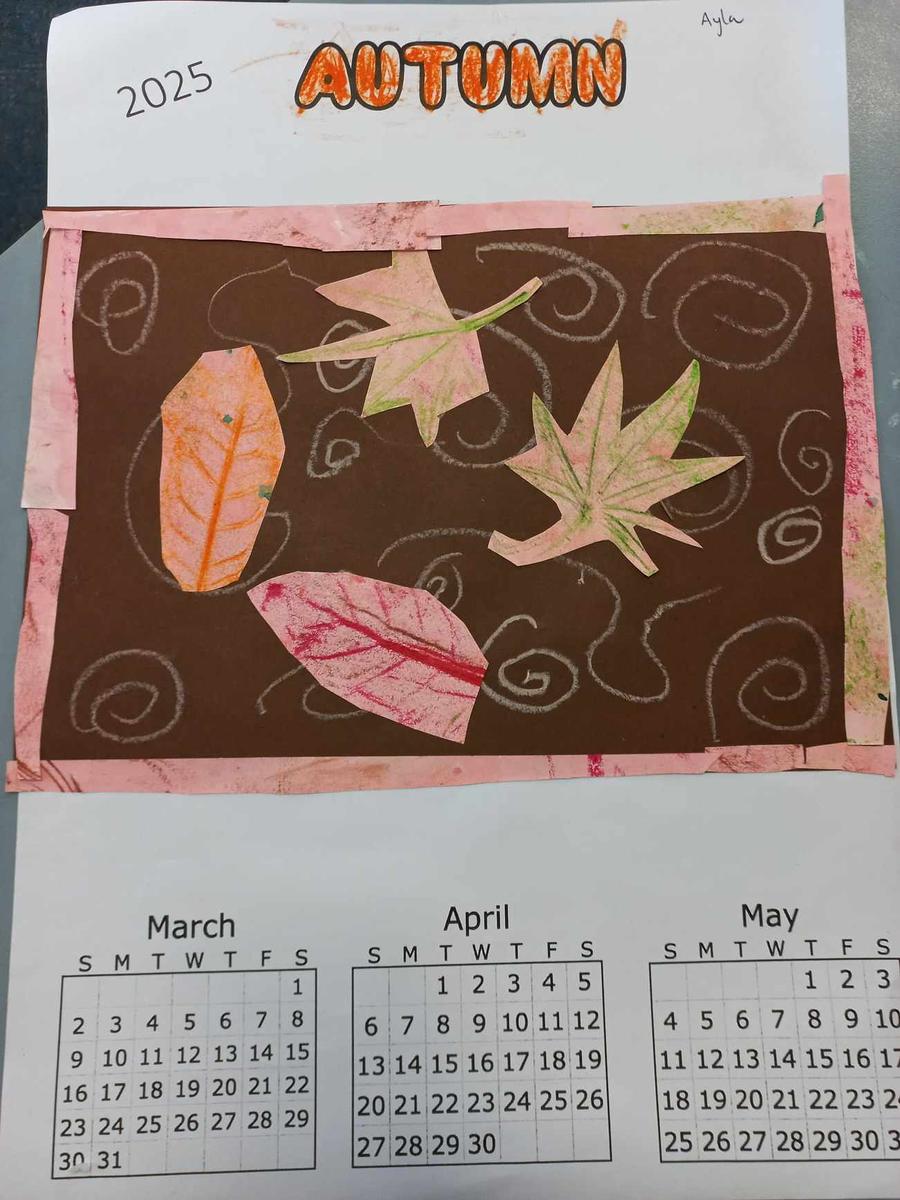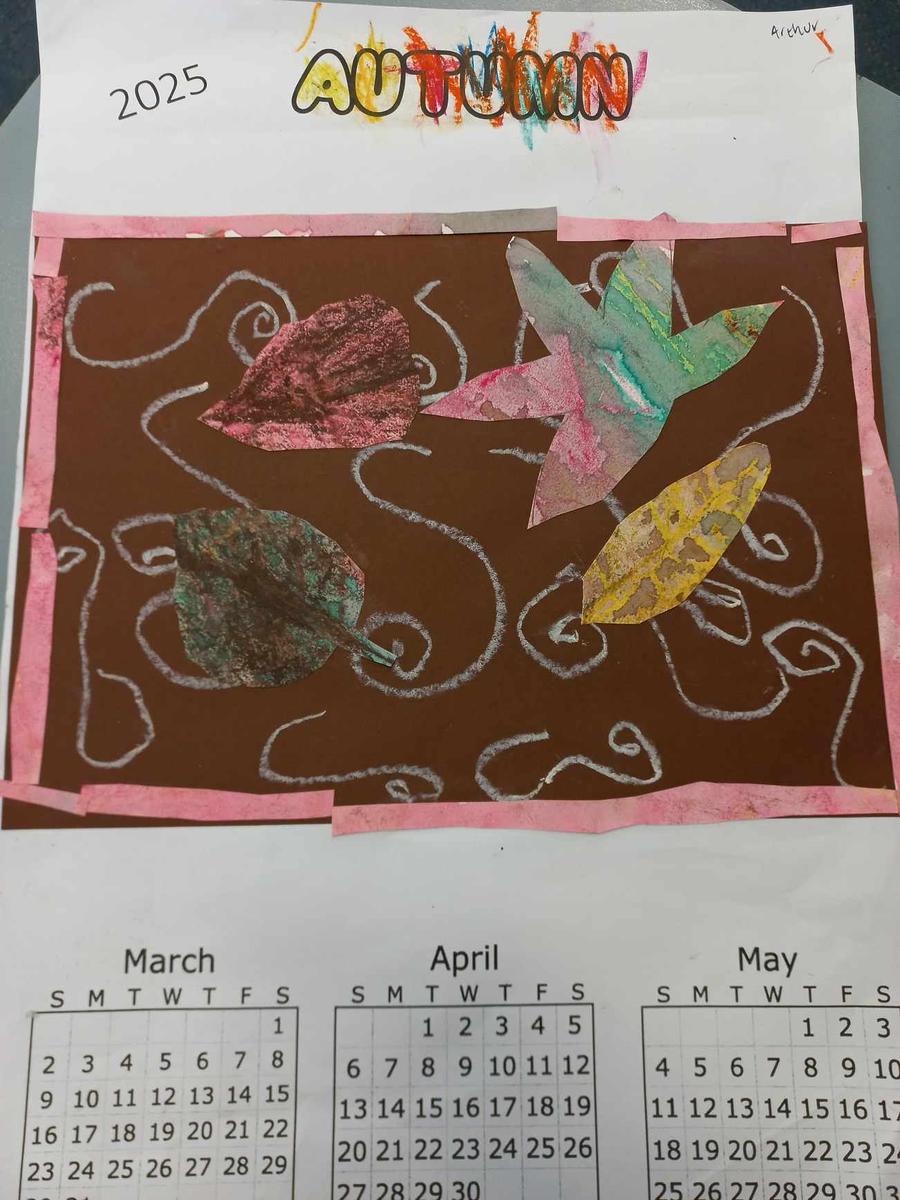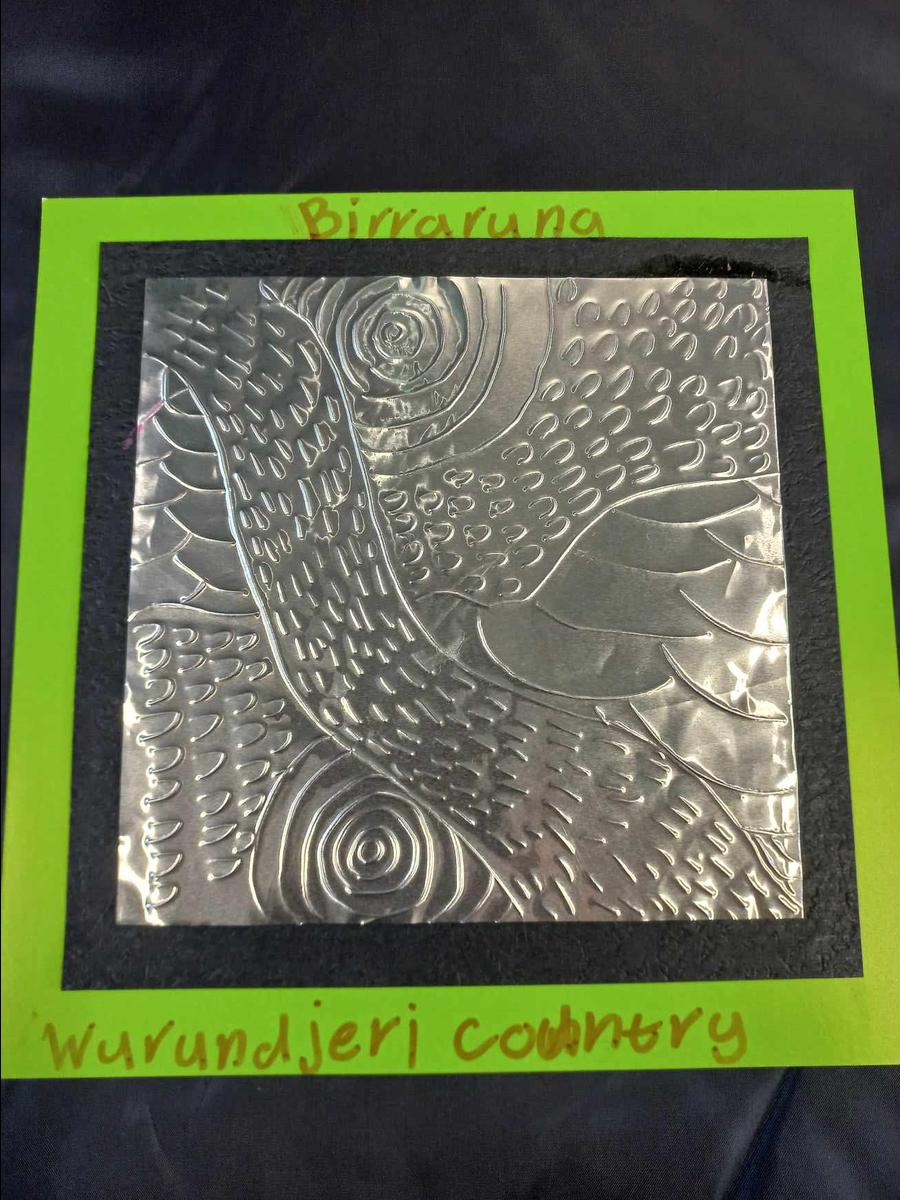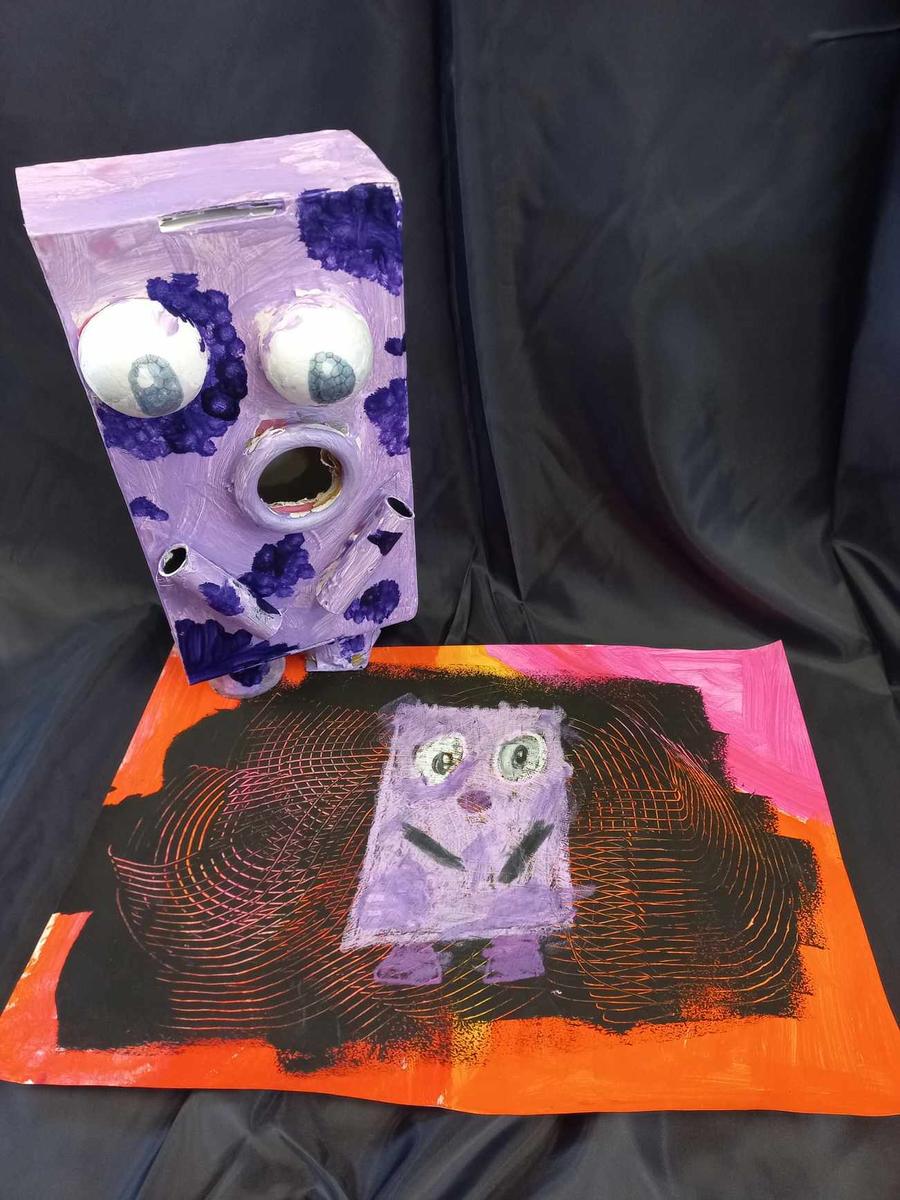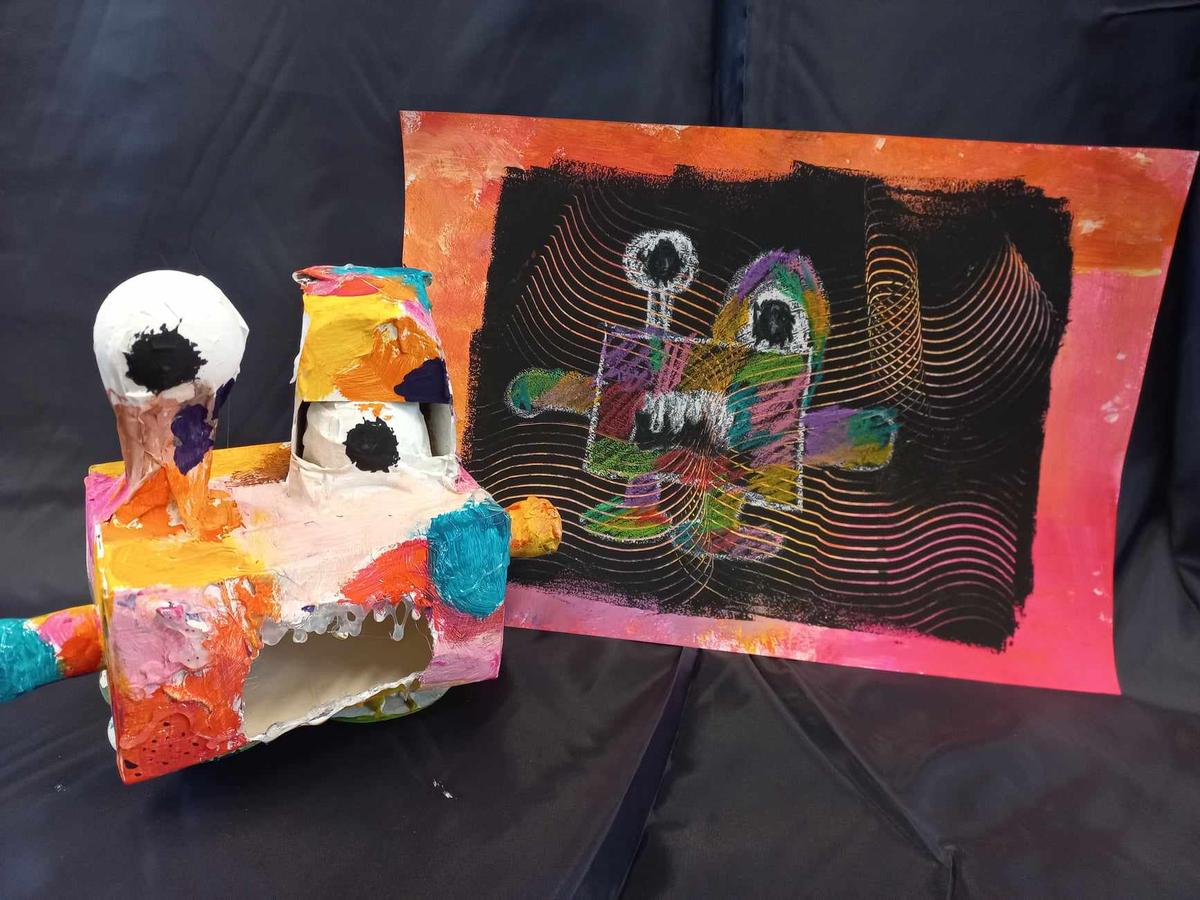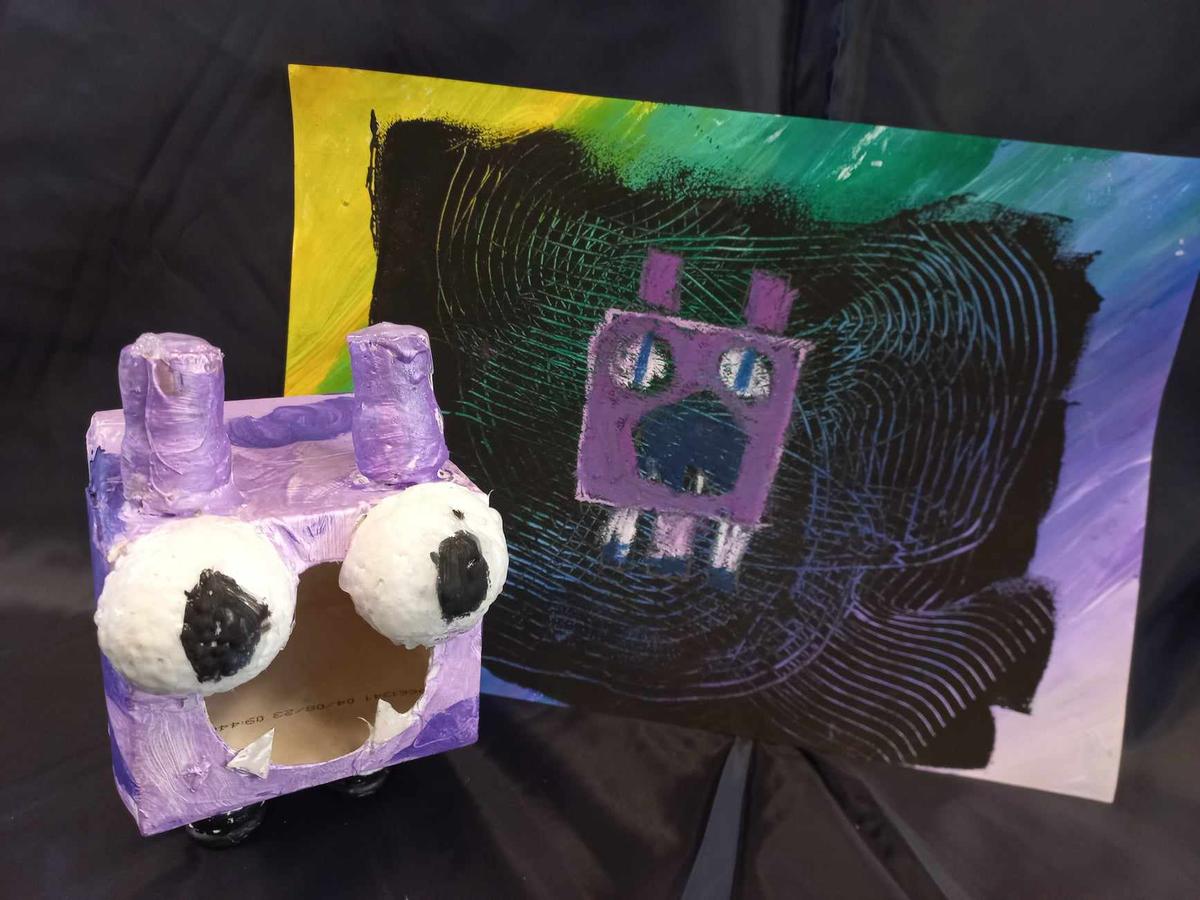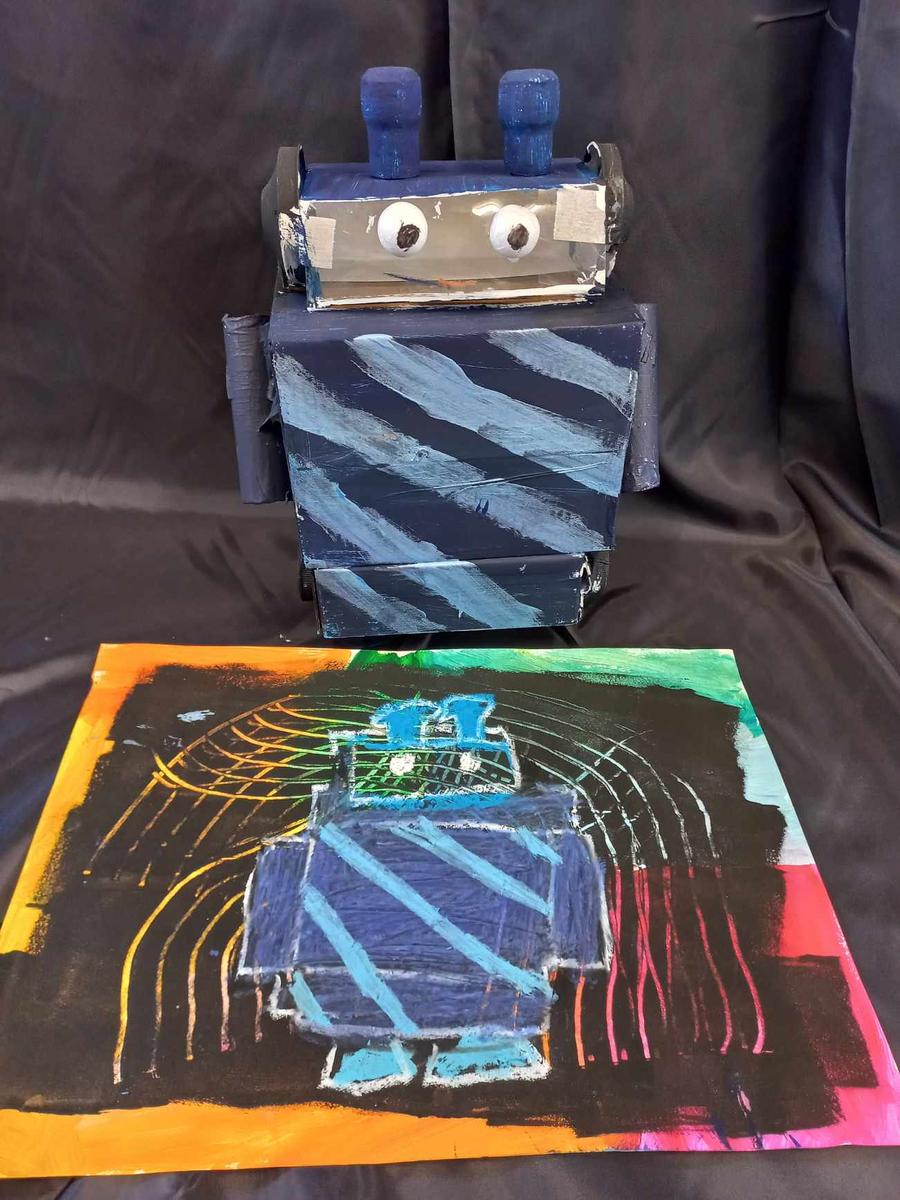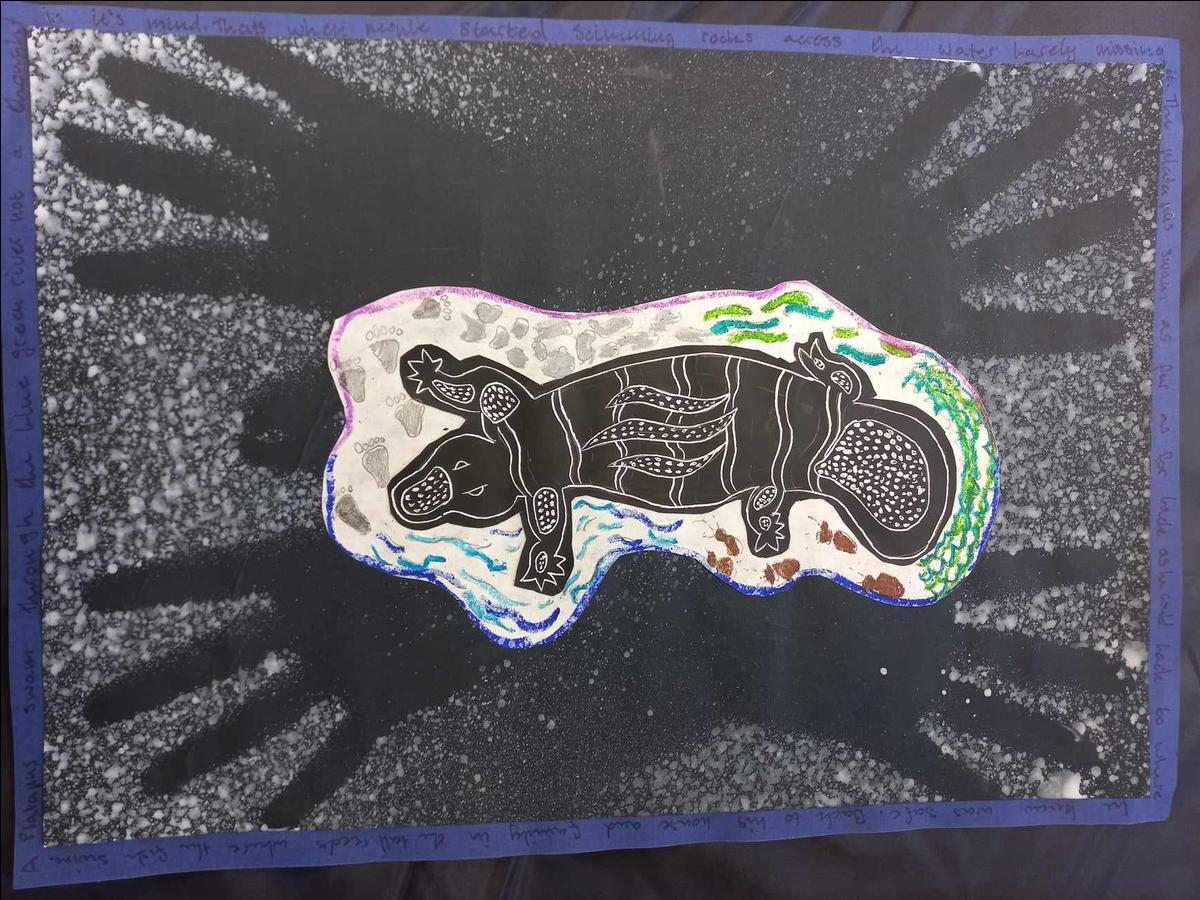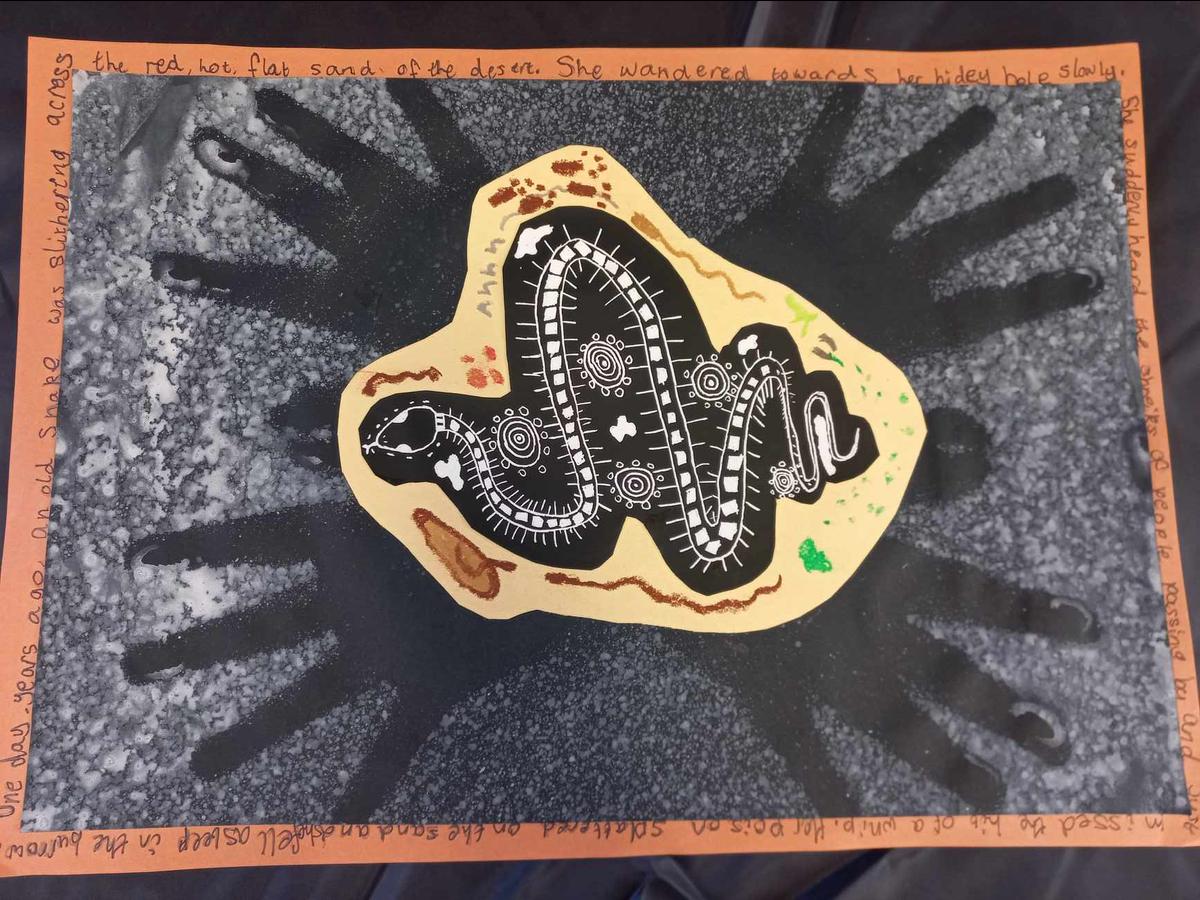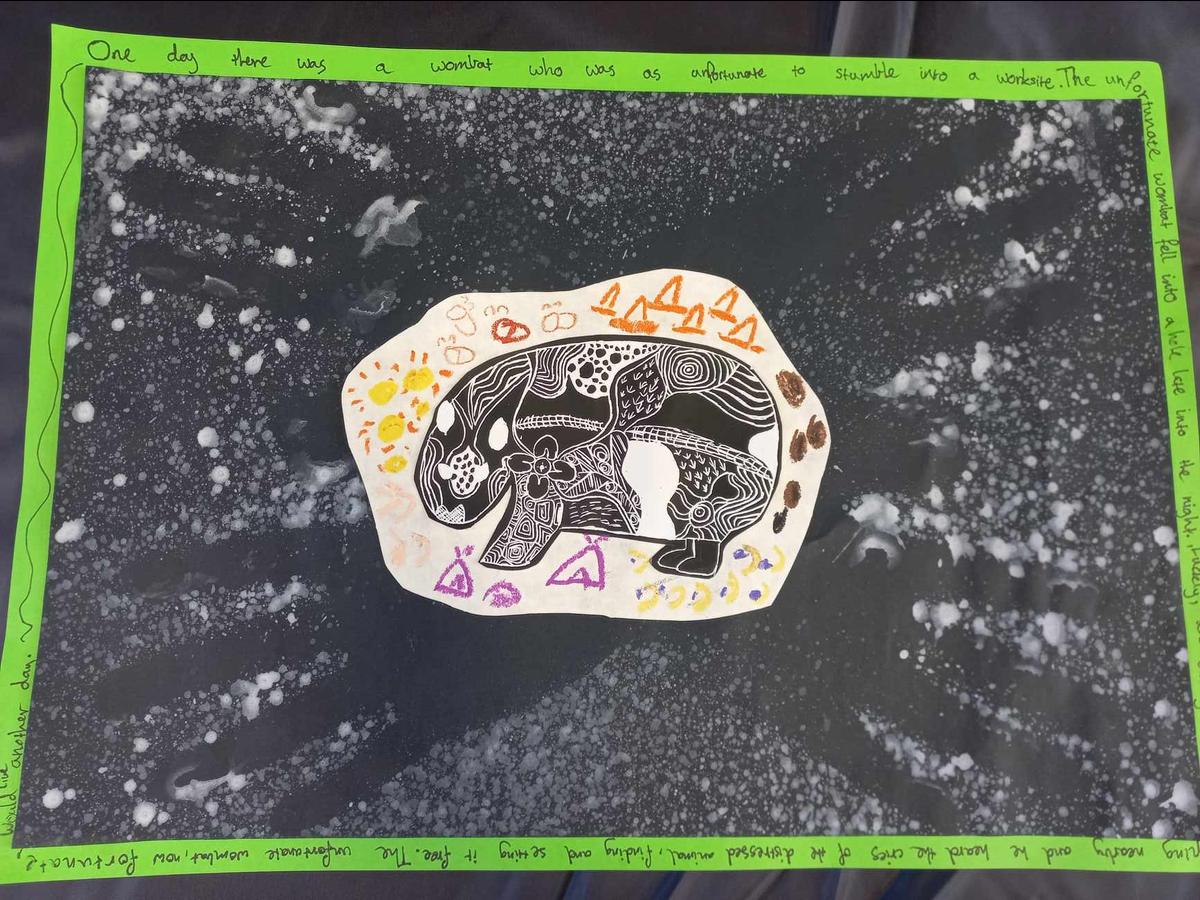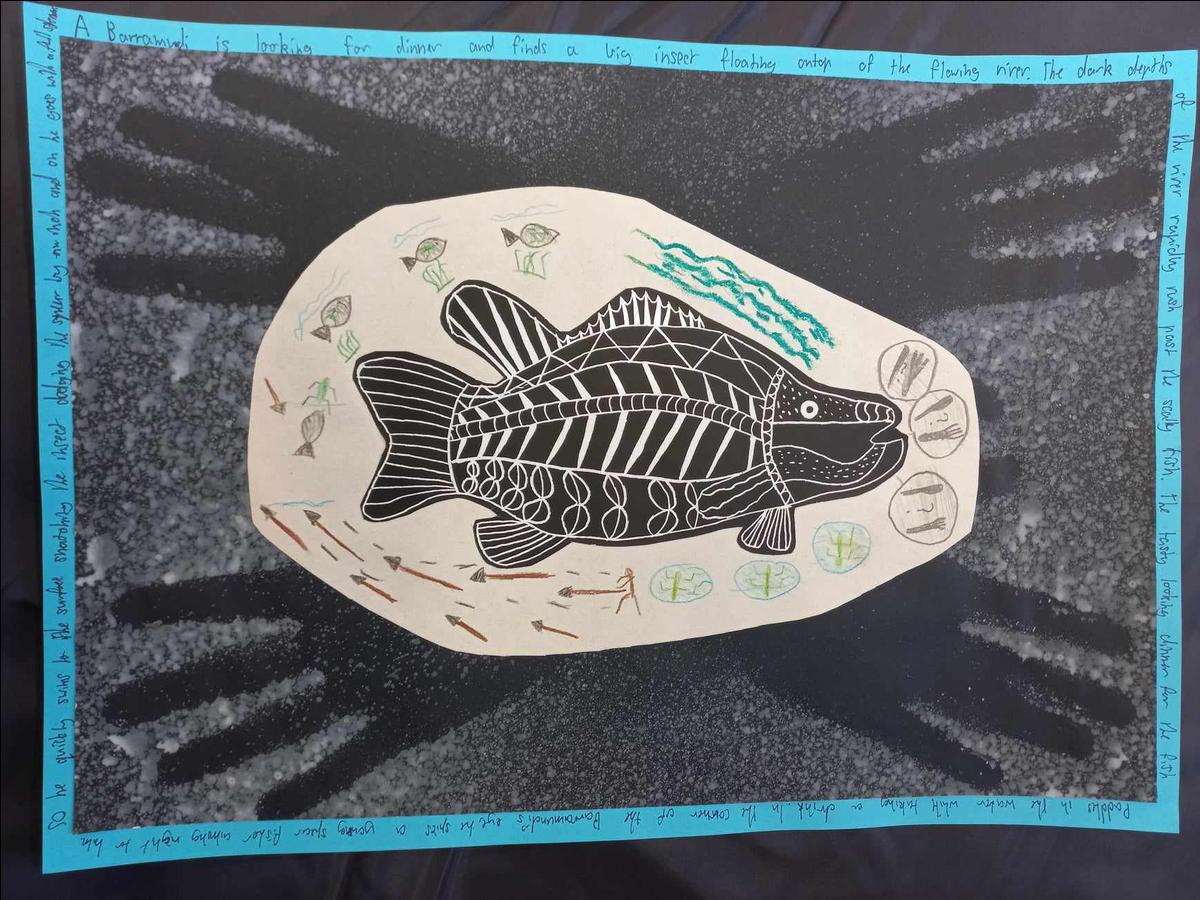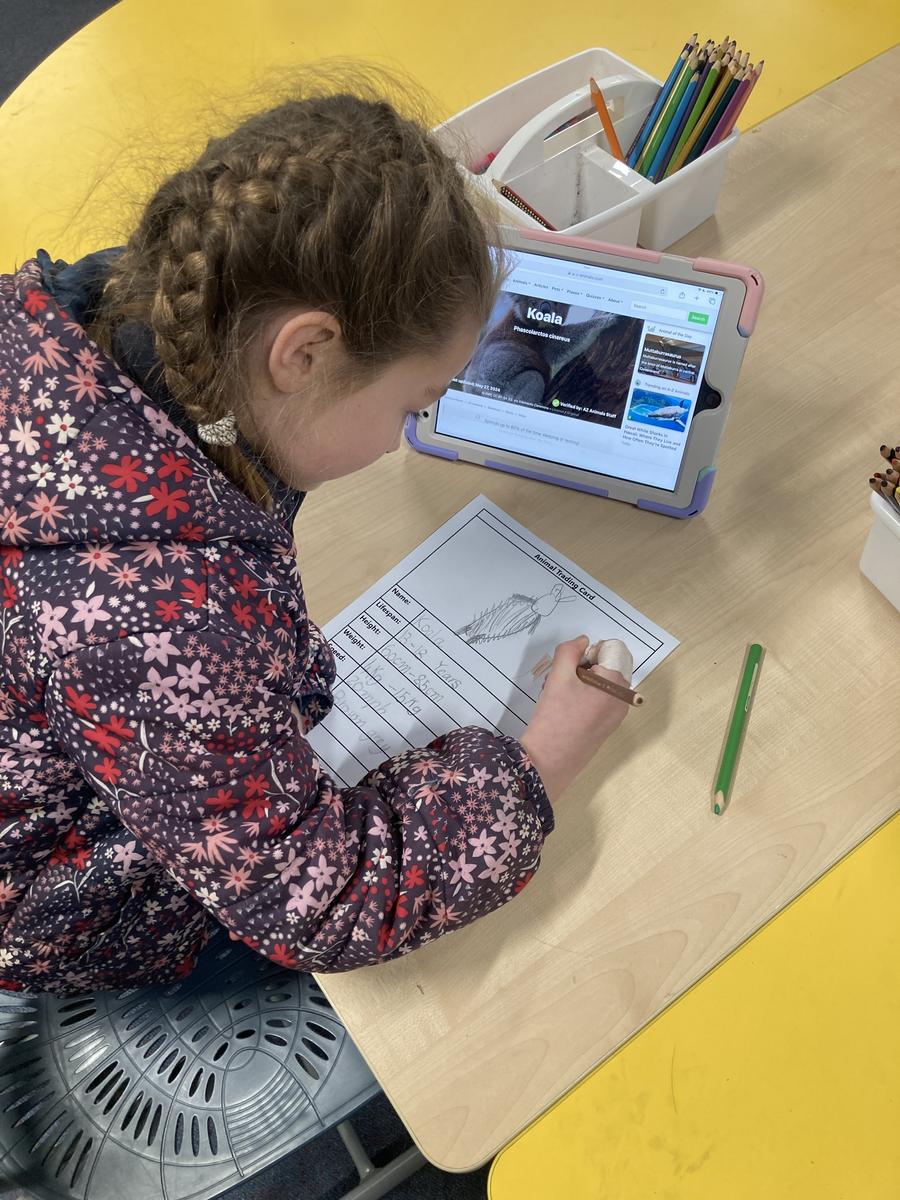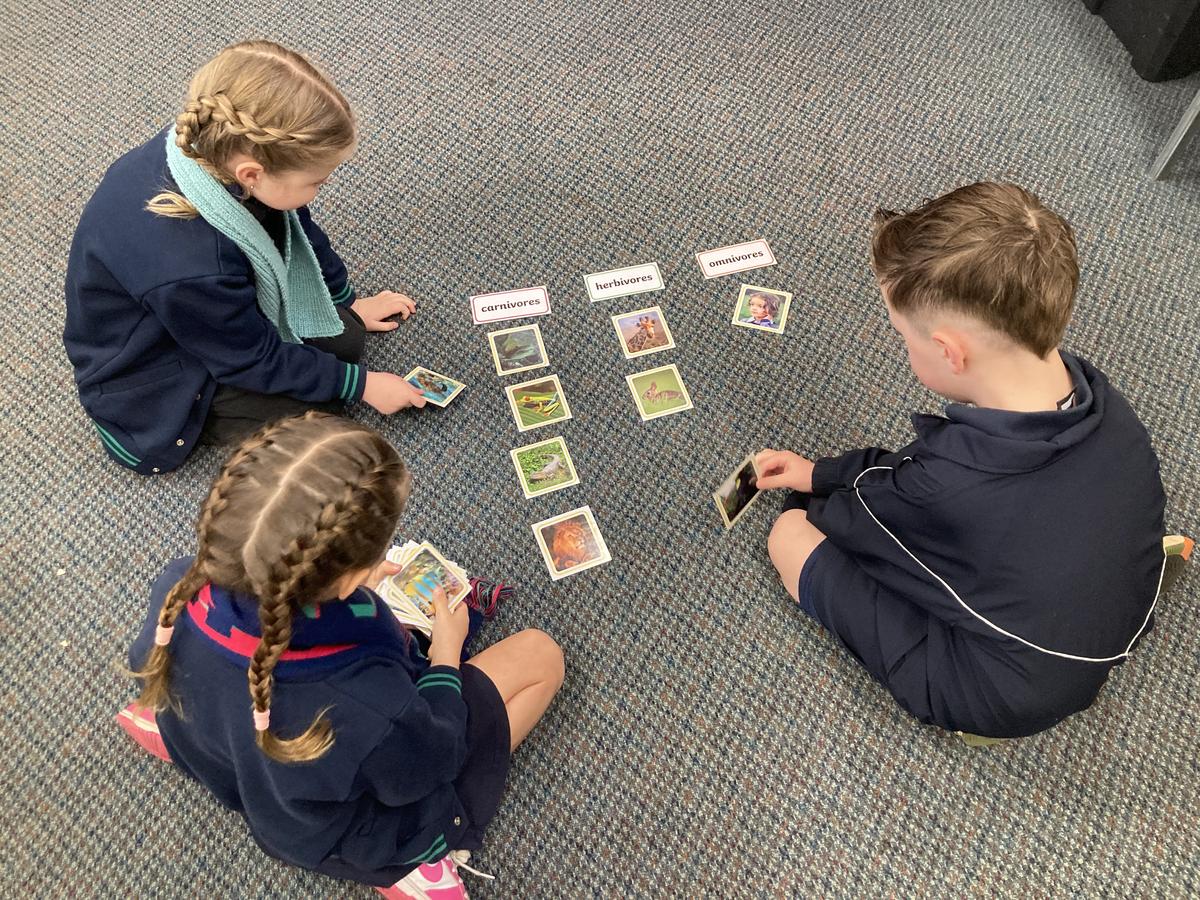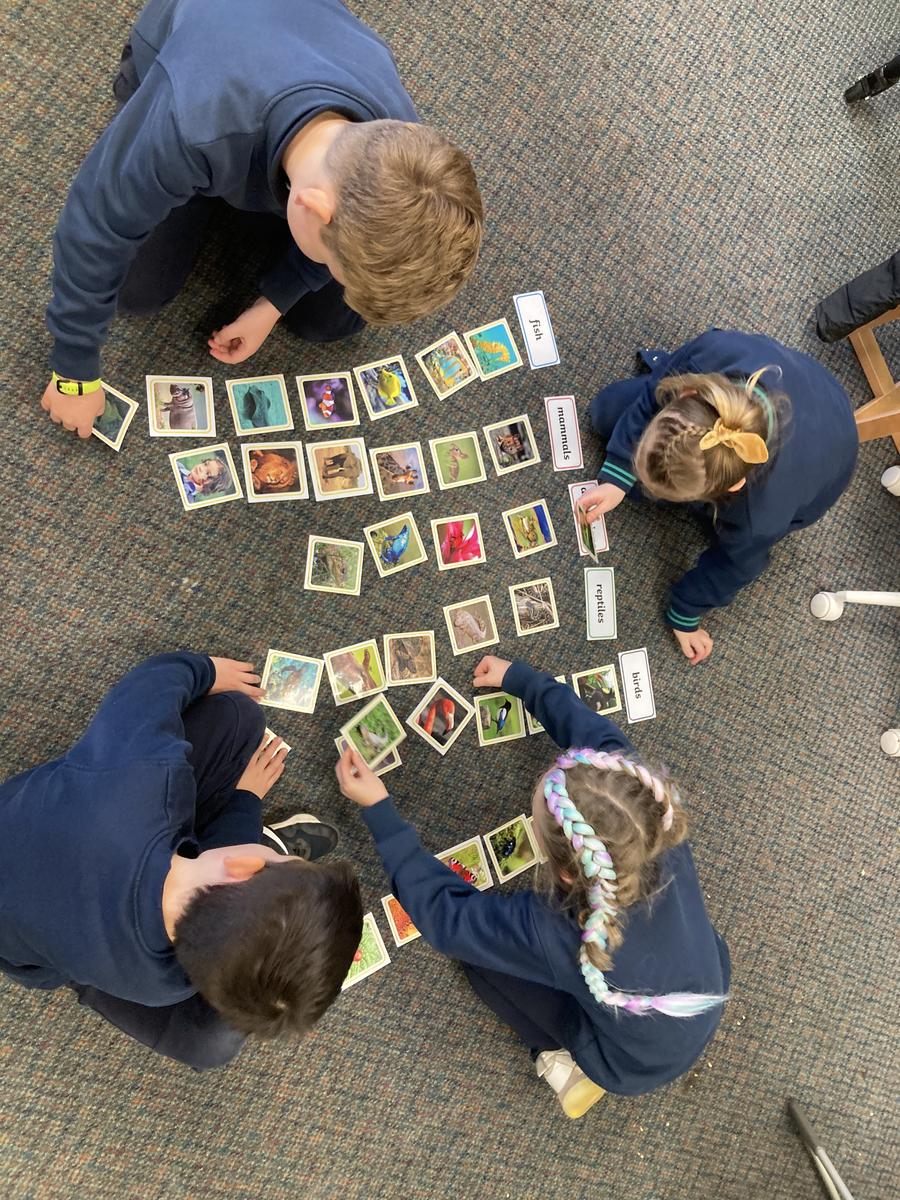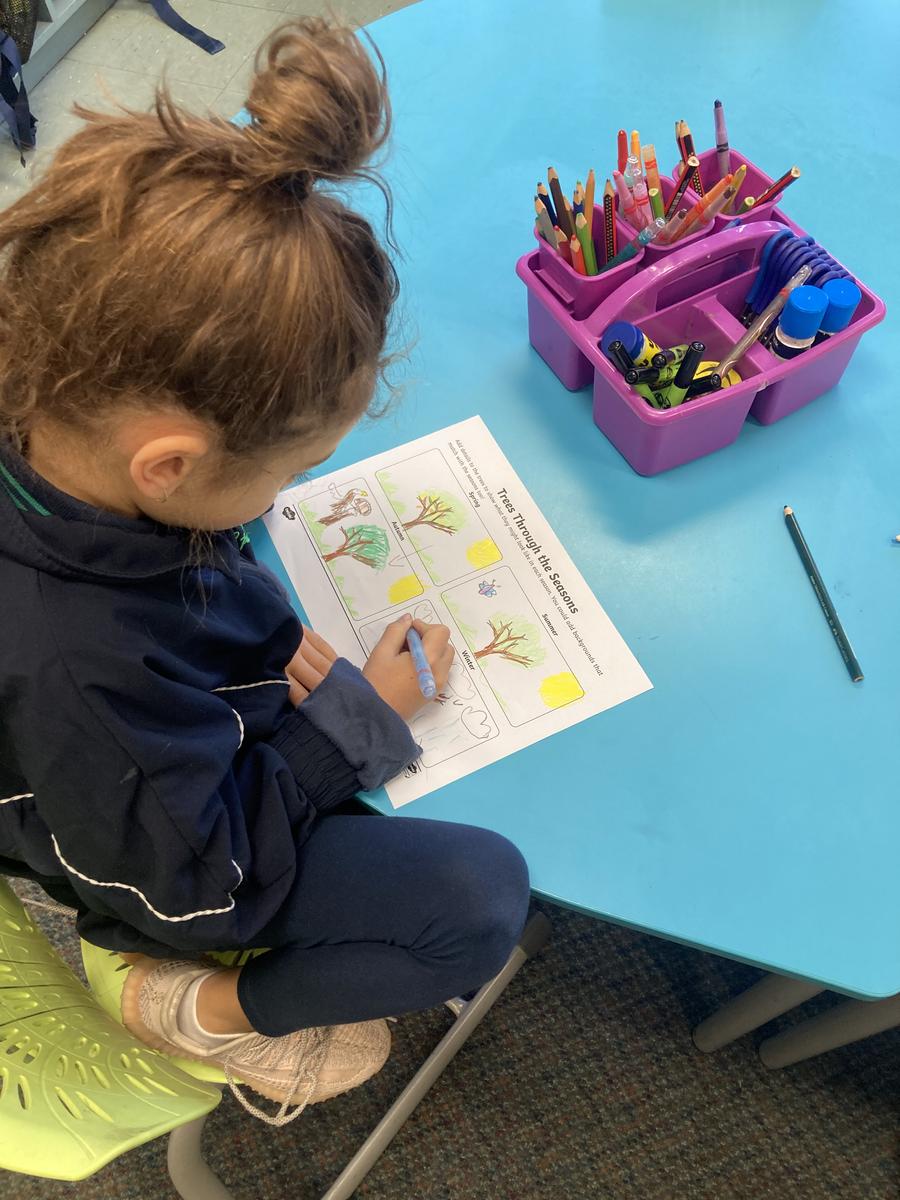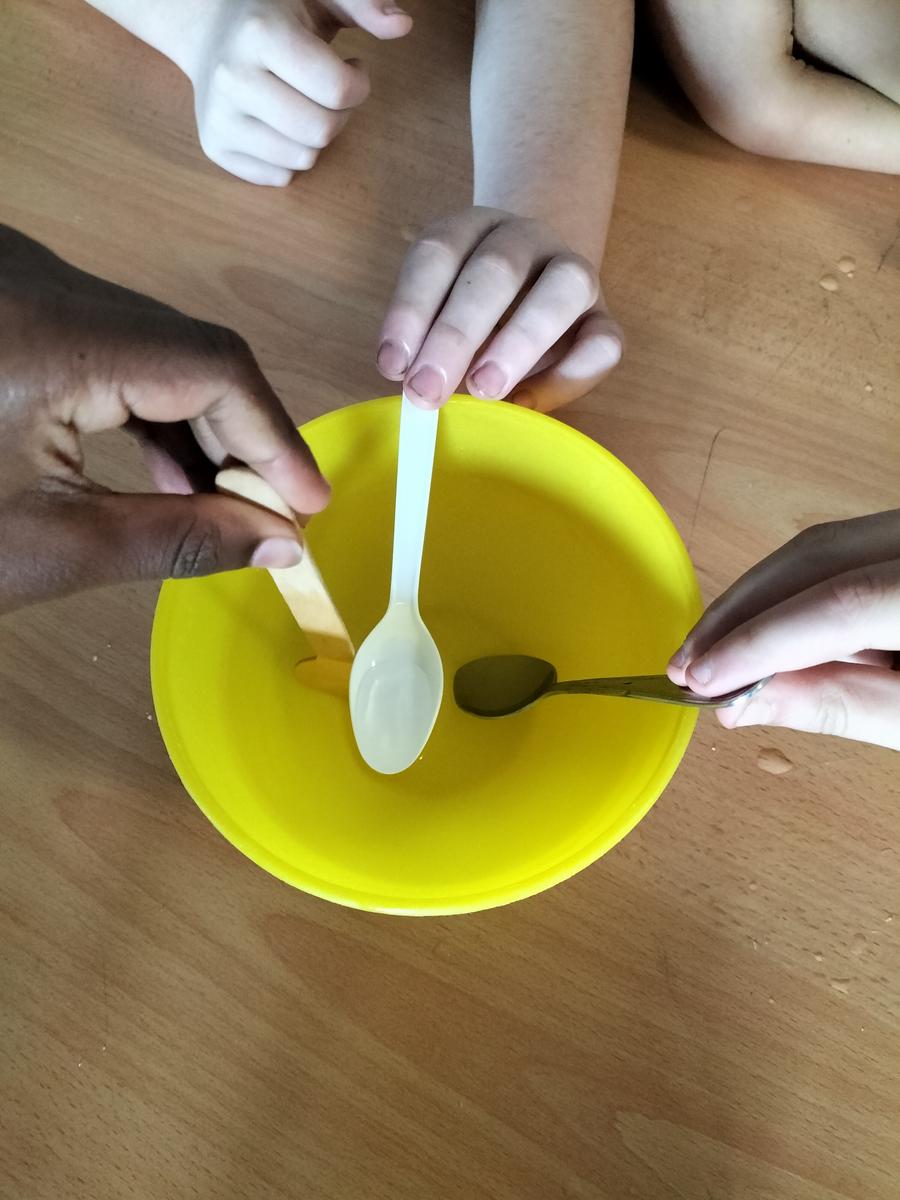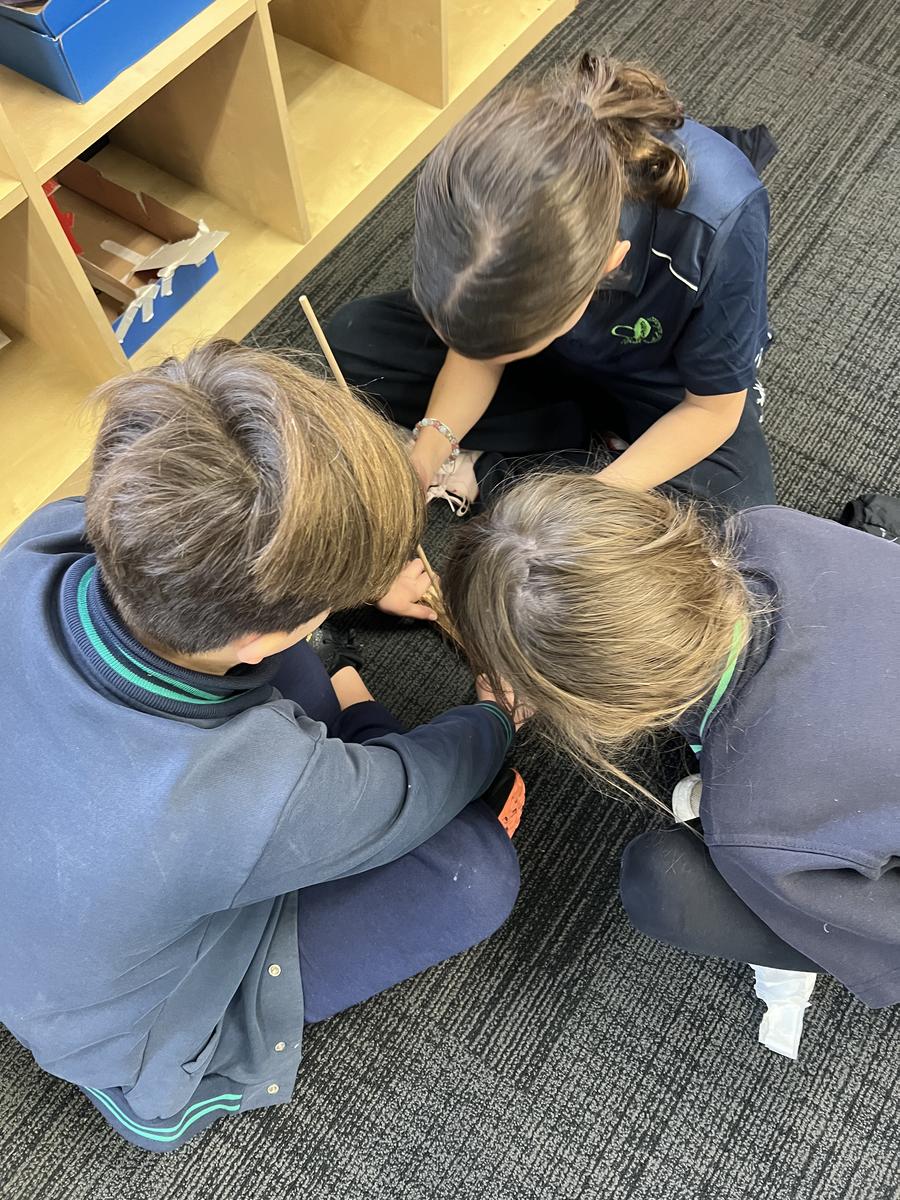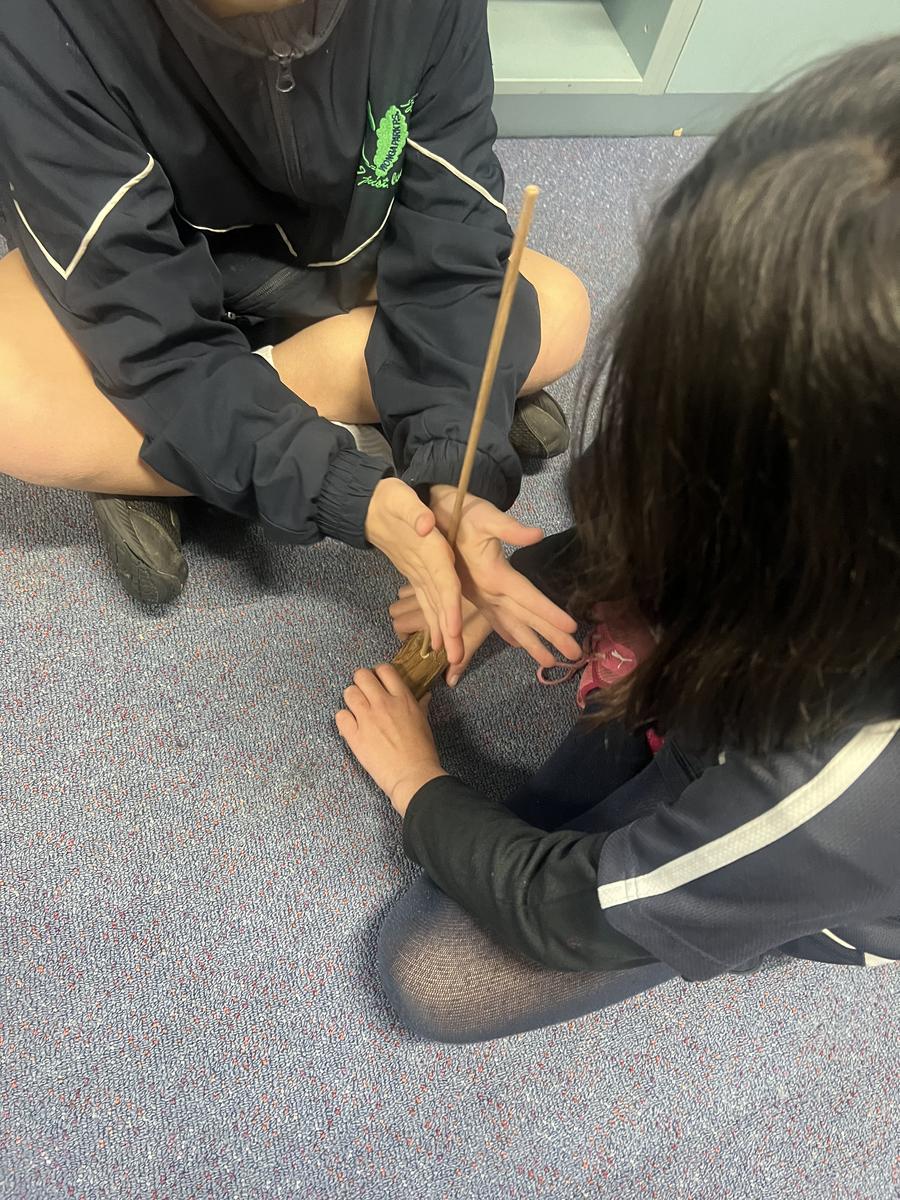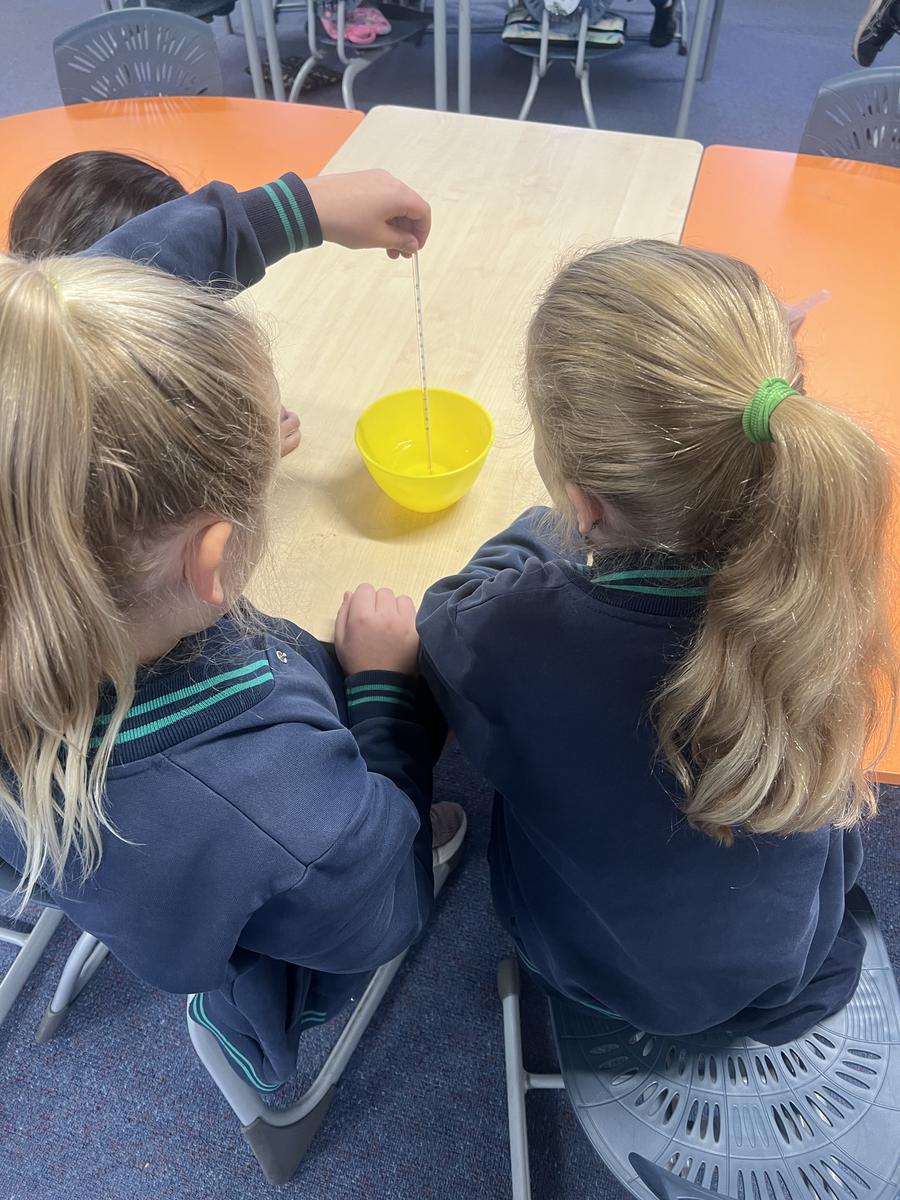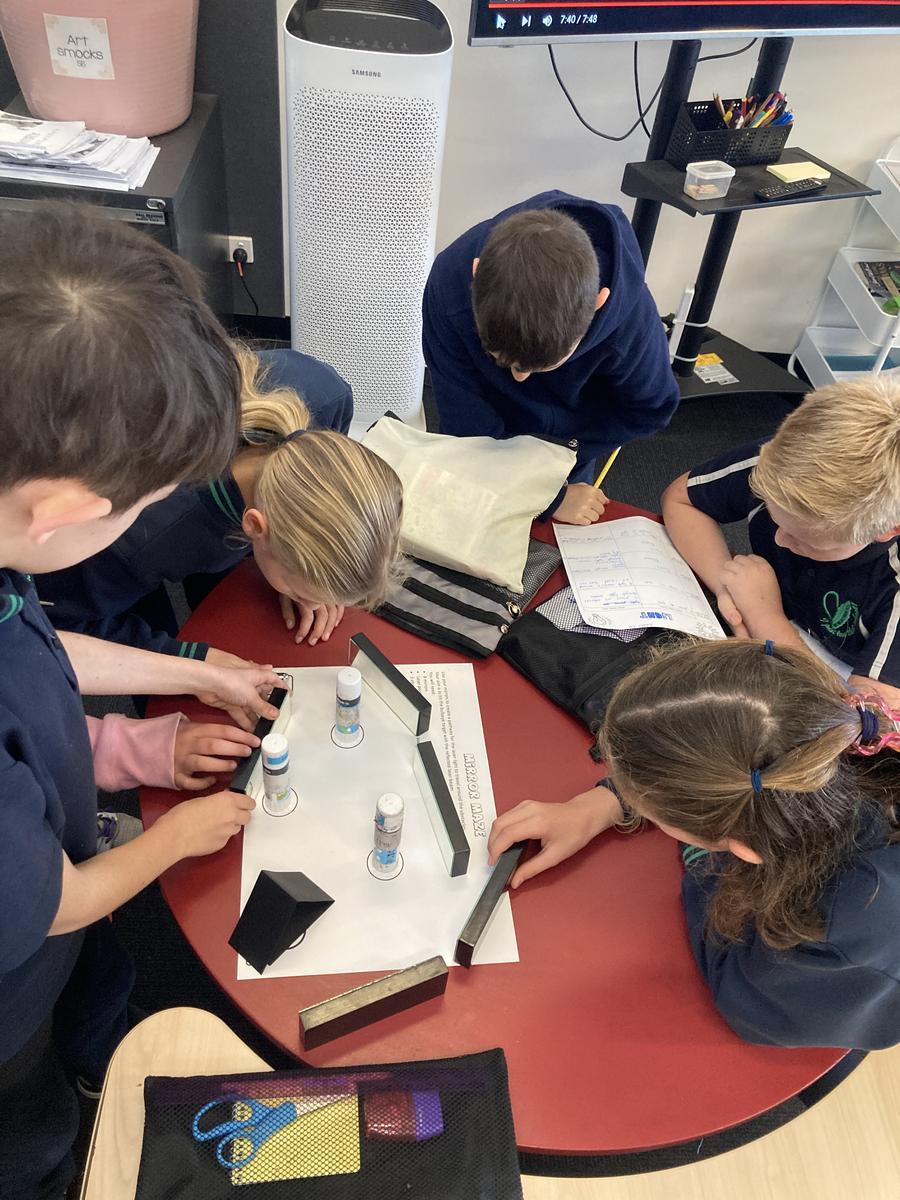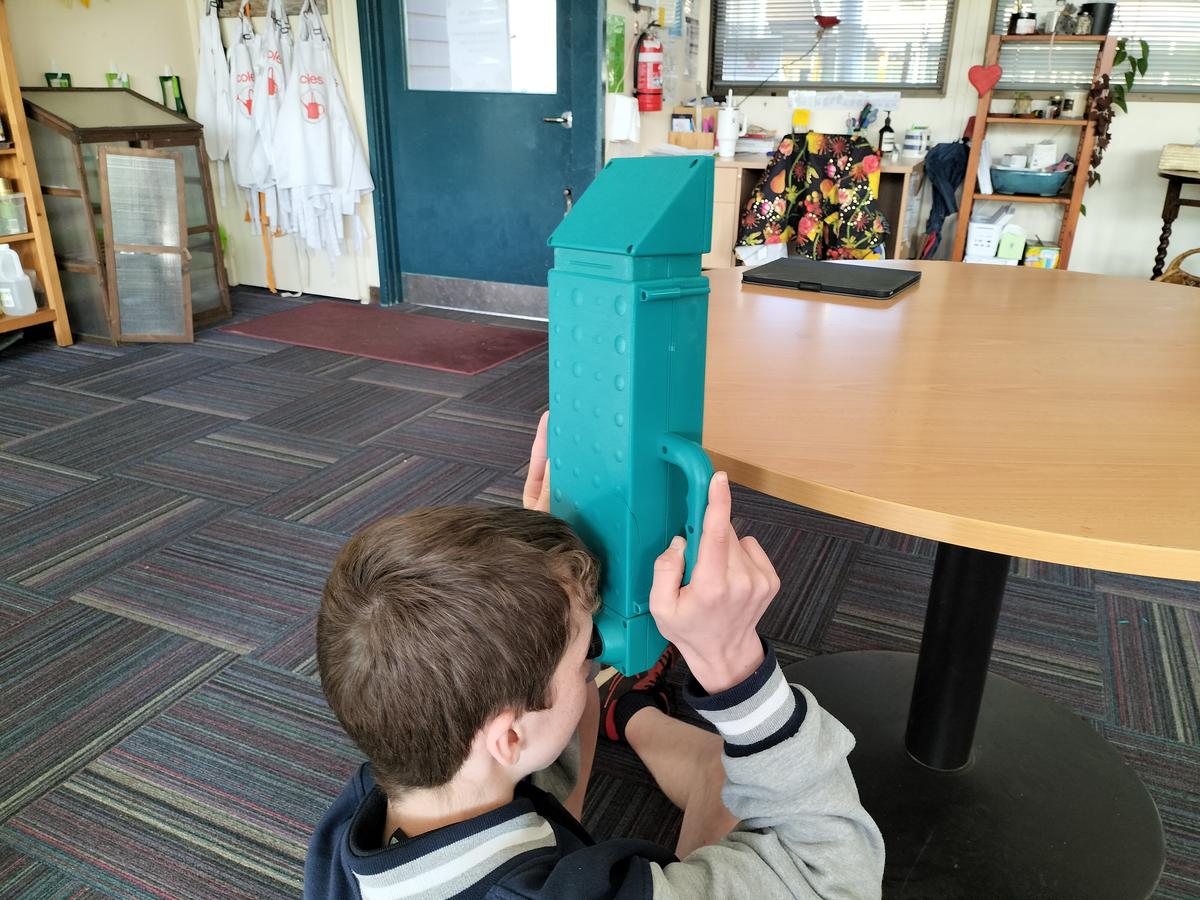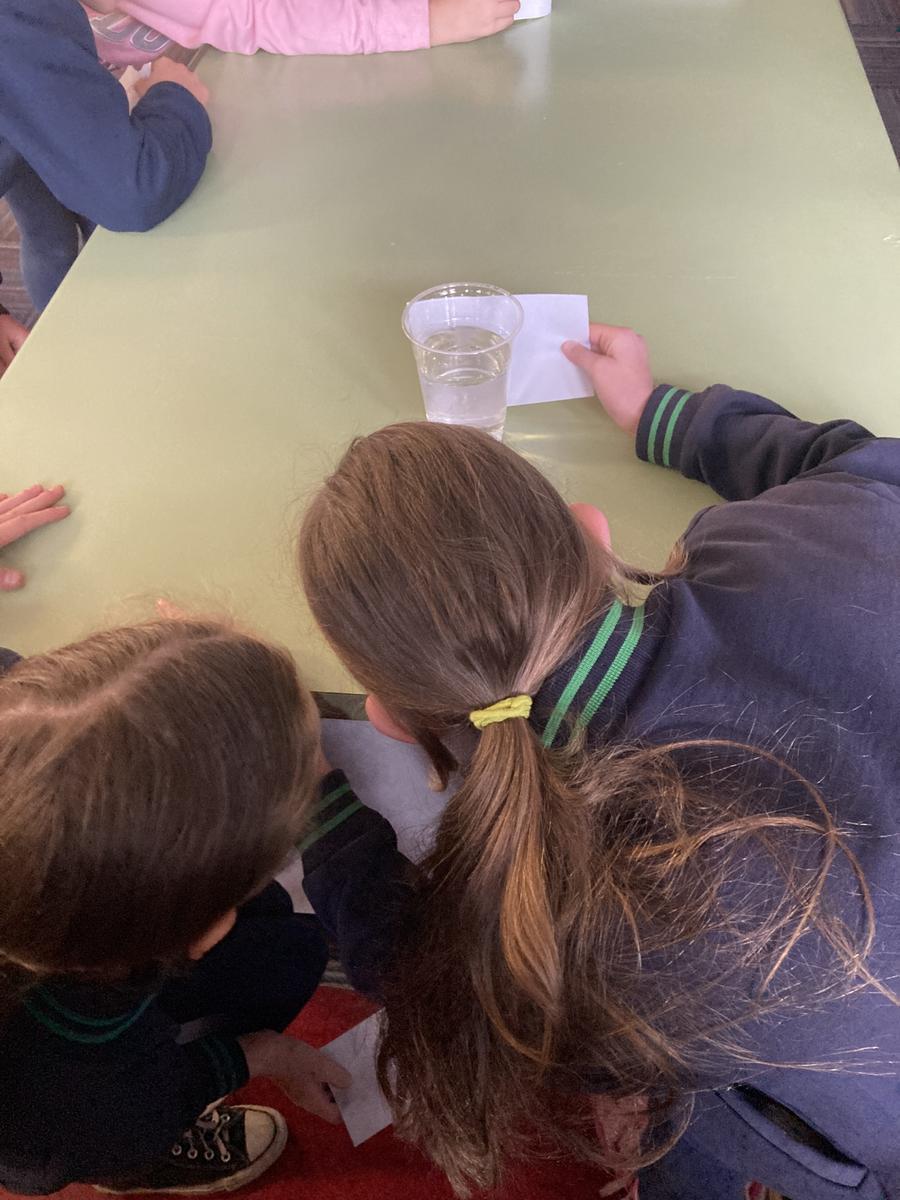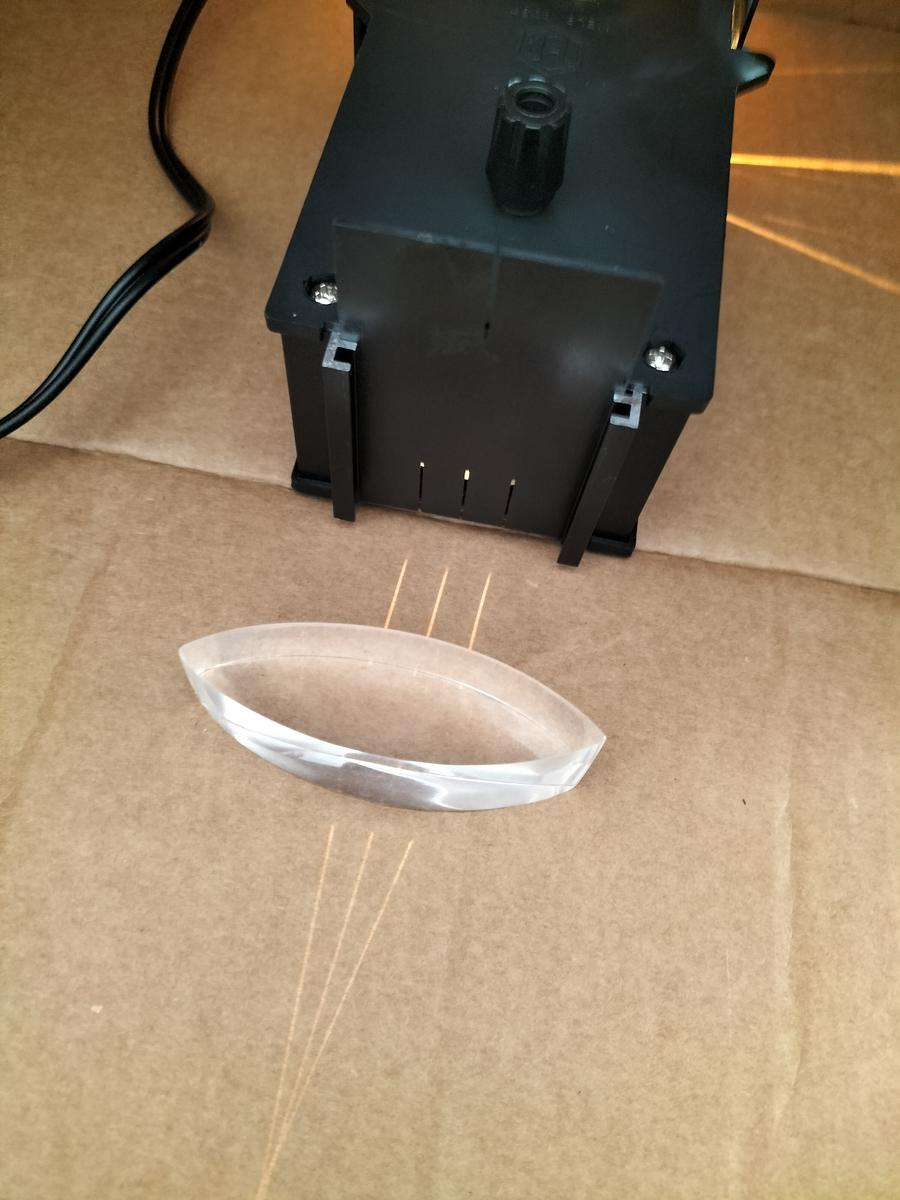Specialists
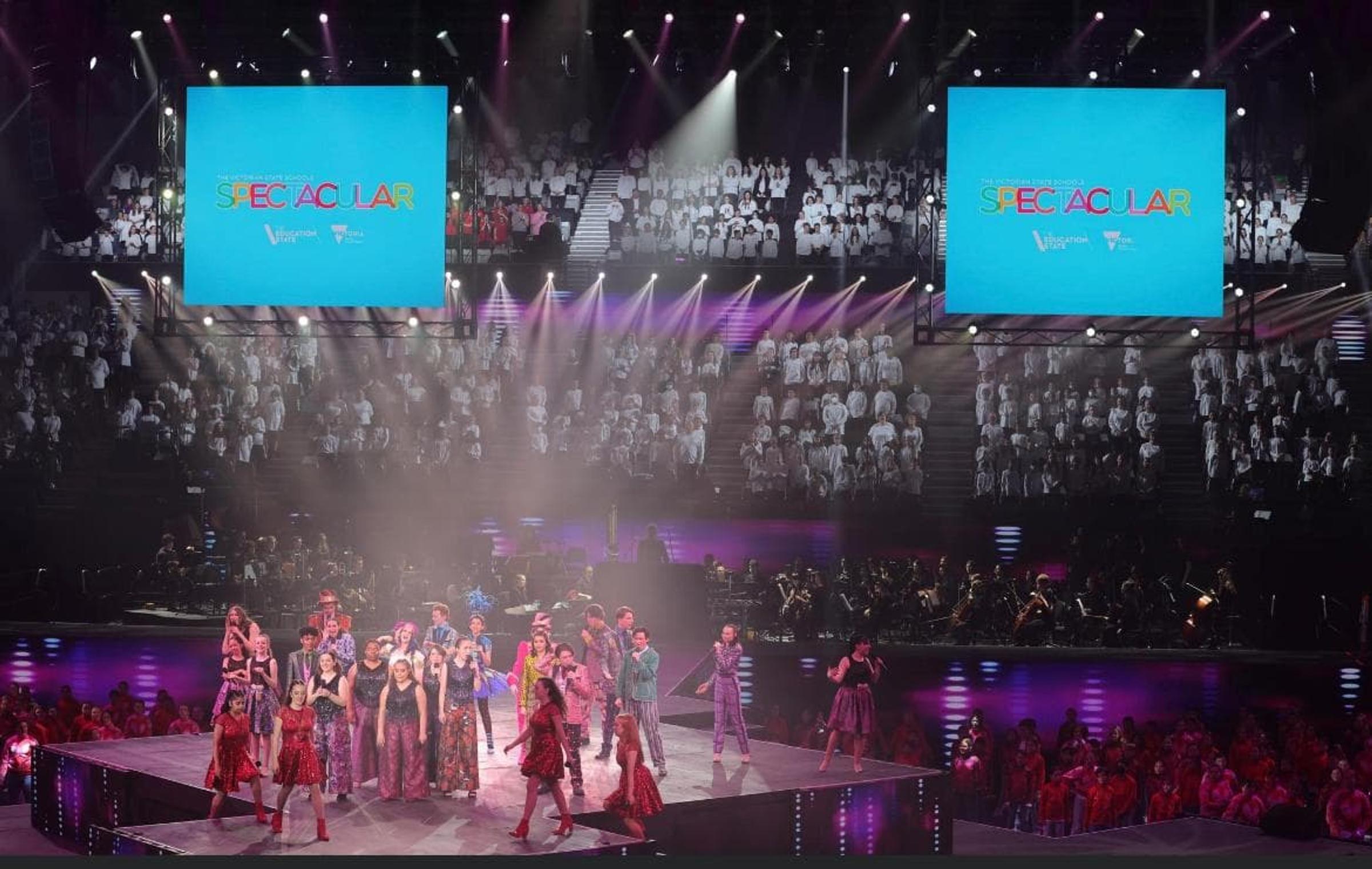
Physical Education
Term 2 Interschool Sports
Our Winter Season for Interschool Sports finished on Friday 14th June. This was a wonderful opportunity for our Grade 5 and 6 children to experience organised sport in our weekly matches against teams from other local schools. Many children took the opportunity to learn and develop their skills in an unfamiliar sport.
We would like to thank the many parent volunteers who assisted throughout the term. We simply could not have offered this opportunity to our students without the support of our volunteers.
Eastern Metropolitan Region (EMR) Cross Country
Congratulations to Victoria, Luella, Will and Thomas who recently competed at the EMR Cross Country event. This is a truly outstanding achievement for these children. To make it to this level, they had to finish in the top 10 places at the prior school, district and division level events. We are very proud of the efforts of each of these children. We would also like to thank the families of these children for supporting them to attend on the day.
Junior Hooptime Tournament
Selected students in Grades 3 and 4 participated in the Junior Hooptime Tournament on Monday 24th June, at Kilsyth Basketball Centre. This provided our students with the chance to play organised team basketball in a nurturing environment, where skill development and inclusion was the focus.
It was a wonderful day, with many memorable moments for each team. A special congratulations to our All Star Girls and Wonga Park Wizards Teams, who won their respective divisions and have now progressed through to the next round of the competition.
We would like to thank our many parent volunteers who assisted on the day, with roles such as coaching, managing teams, scoring and washing singlets!
Prep-Grade 2 Gymnastics Program
In early Term 3, our Prep-Grade 2 students are scheduled to participate in a 5 week, once per week, Gymnastics Program at Eclipse Gymnastics in Ringwood. This is a fantastic opportunity for students to participate with their peers and receive specialised Gymnastics training from qualified instructors. There will be an opportunity for parents to support and attend this program as volunteers.
Visual Arts
Parent Helpers
Thankyou to the many P-2 parent helpers that have joined us in the Art room this semester. A new roster will be developed at the beginning of Term 3 for the remainder of the year; look out for an email in week 1. Don't forget that if you would like to help out then you need to have completed the child safety training. Please sign up after you have completed this training.
Prep
The Prep students finished their Autumn calendar page and enjoyed the magic of leaf rubbing with crayons. They focussed on 'composition', and arranging their Autumn leaves to make it look like they were blowing in the wind. Students were asked to be resourceful with their scraps and make a border to surround their work.
Grade 1/2
In Art classes last week we looked at the 'Birrarung', traditional name of the Yarra River, from a birds eye view. Students chose a variety of lines and dots to emboss their tin with a skewer, which represented the river and the surrounding bush land. It required a lot of practise to get the right amount of pressure, and there were some tired hands at the end of the session, but aren't the results amazing!
Grade 3/4
The Box Monsters are complete! The students are very proud of them and have even given them fun names!
Grade 5/6
This X-ray animal project has been a layered work across a number of weeks. We studied rock paintings in Arnhem Land and talked about a main feature of Aboriginal art is the stories that are told alongside it. I am amazing by the detail in their scratch paper drawings and the stories (represented by words and symbols) that complement their work.
STEM
Grade 1 and 2
This term, students have had a wonderful time researching and exploring the animal kingdom. Students have learnt how scientists classify animals to help them organise them into similar species. They have practiced sorting animals into various groups including mammals, reptiles, insects, amphibians and birds. Students have also grouped animals according to their diet, i.e. herbivores, carnivore and omnivores. Towards the end of this term, students investigated the various traditional seasons (Summer, Autumn, Winter and Spring) and the changes that occur in each season. They also explored the seven Wurundjeri seasons the Wurundjeri people used to inform them of when to hunt, create and travel.
Grade 3 and 4
The term began with the grade 3 and 4 students investigating the animal kingdom through sorting and classifying animals and investigating different life cycles of varied species. Students created their own fictional animal with features they knew it required to thrive in a particular habitat they chose.
Then it was time to move onto the concept of Heat! Students investigated friction and burning through using rubbing sticks like our First Nations Scientists figured out, to bring fire to their people and aid survival. Students investigated what fire needed to survive by starving candles of oxygen, fuel or heat. Finally, they experimented with conductors and insulators to test which materials were best to use for differing purposes. E.g. Melting butter. Students used thermometers to test temperature during this experiment – ask your child, which conducted heat best; metal, wood or plastic?
Grade 5 and 6
Grade 5 and 6 students began the term learning about ecosystems and how everything within these systems relies on everything else to maintain balance. They investigated and re-created food webs focusing on animals that were primary, secondary and tertiary consumers. Students then studied the topic of Light. They explored the behaviour of light when it encounters an object and defined the properties of an object based on how light interacts with it, for example objects that are transparent, translucent and opaque. They investigated the concept of refraction and learnt about how First Nations people used this scientific knowledge to improve their fishing and hunting. Finally, students studied how the eye works and how we perceive colour.

